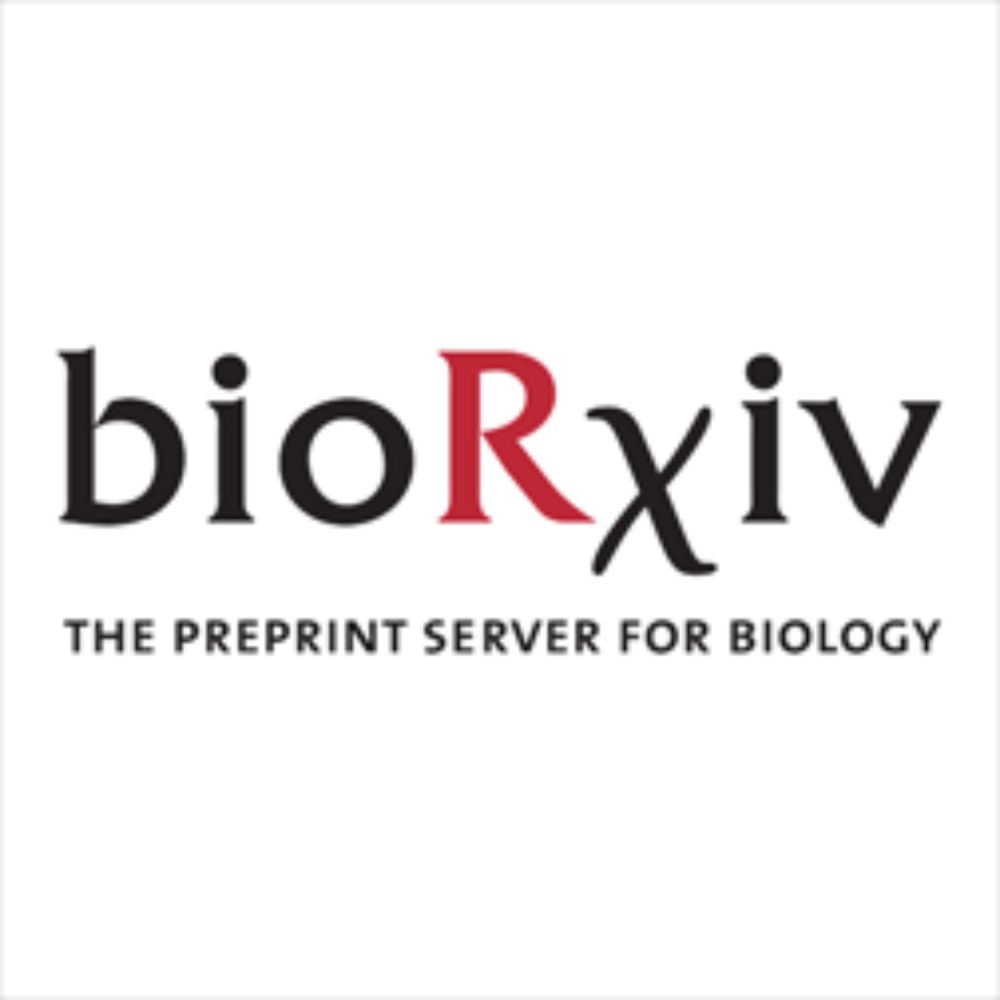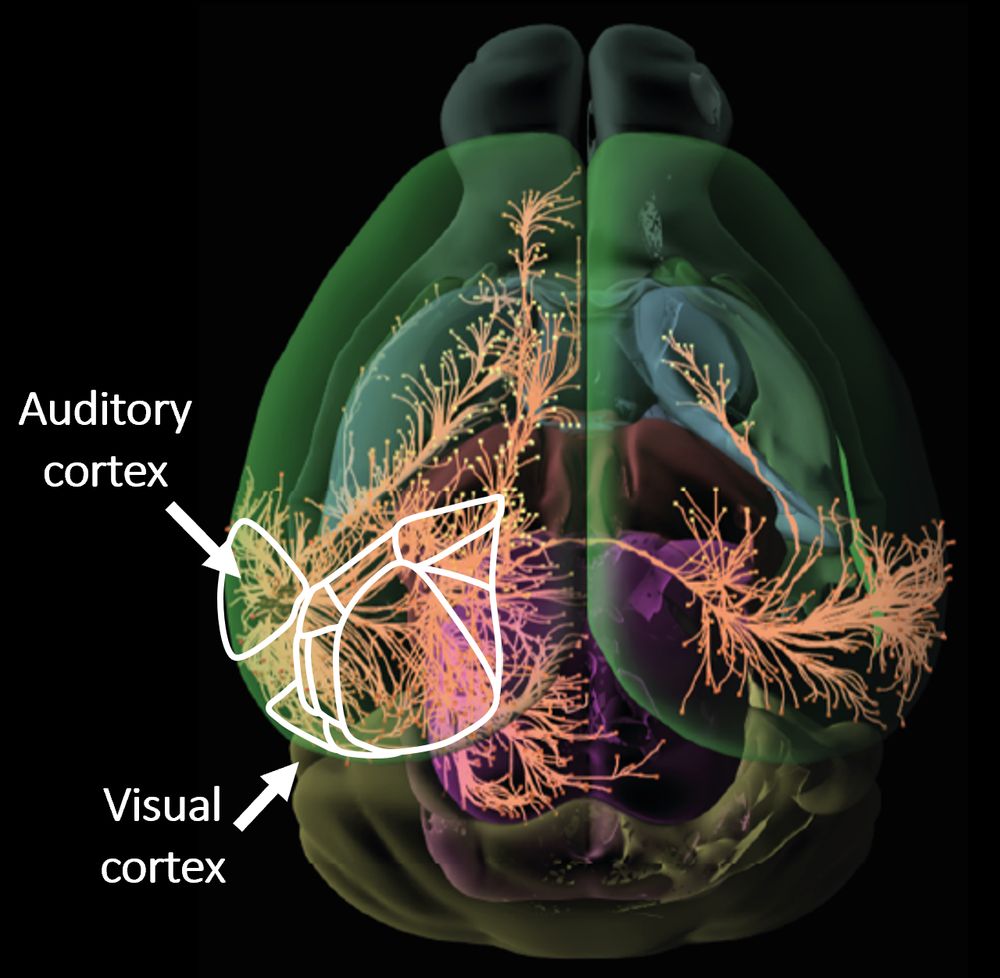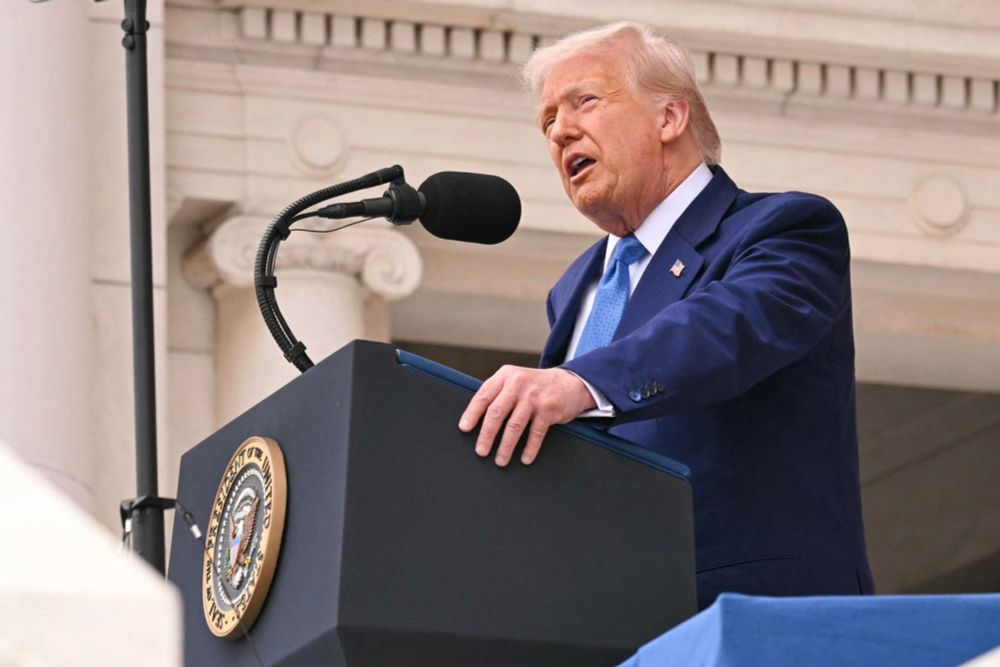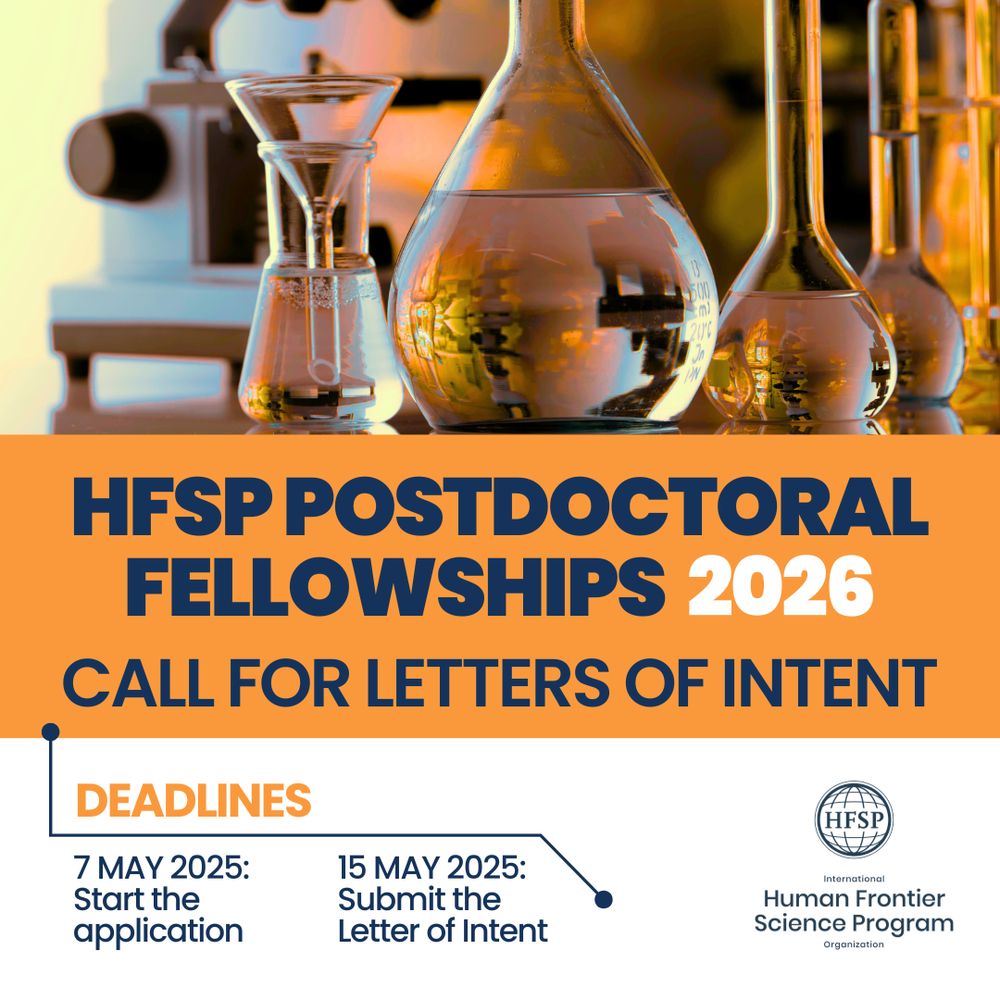Christoph Miehl
@cmiehl.bsky.social
270 followers
490 following
19 posts
HFSP Postdoc Fellow at U Chicago in the Doiron lab | former PhD @MPI for Brain Research & TU Munich in the Gjorgjeva lab
https://www.christophmiehl.com/
Posts
Media
Videos
Starter Packs
Pinned
Christoph Miehl
@cmiehl.bsky.social
· Jul 25

Assembly-based computations through contextual dendritic gating of plasticity
Neuronal assemblies — groups of strongly connected neurons — are considered the basic building blocks of perception and memory in the brain by encoding representations of specific concepts. Despite re...
www.biorxiv.org
Reposted by Christoph Miehl
Reposted by Christoph Miehl
Reposted by Christoph Miehl
Mora Ogando
@moraogando.bsky.social
· Aug 5
Reposted by Christoph Miehl
Christoph Miehl
@cmiehl.bsky.social
· Jul 28
Christoph Miehl
@cmiehl.bsky.social
· Jul 25
Reposted by Christoph Miehl
Christoph Miehl
@cmiehl.bsky.social
· Jul 25

Assembly-based computations through contextual dendritic gating of plasticity
Neuronal assemblies — groups of strongly connected neurons — are considered the basic building blocks of perception and memory in the brain by encoding representations of specific concepts. Despite re...
www.biorxiv.org
Christoph Miehl
@cmiehl.bsky.social
· Jul 25
Christoph Miehl
@cmiehl.bsky.social
· Jul 25
Christoph Miehl
@cmiehl.bsky.social
· Jul 25
Christoph Miehl
@cmiehl.bsky.social
· Jul 25
Christoph Miehl
@cmiehl.bsky.social
· Jul 25
Christoph Miehl
@cmiehl.bsky.social
· Jul 25

Assembly-based computations through contextual dendritic gating of plasticity
Neuronal assemblies — groups of strongly connected neurons — are considered the basic building blocks of perception and memory in the brain by encoding representations of specific concepts. Despite re...
www.biorxiv.org
Reposted by Christoph Miehl
Hayley Bounds
@hayleybounds.bsky.social
· May 15
Neuron
@cp-neuron.bsky.social
· May 15

Network influence determines the impact of cortical ensembles on stimulus detection
By photostimulating specific visual cortical ensembles, Bounds et al. discovered that an ensemble’s impact on local neural activity, not its visual encoding properties, predicts its impact on stimulus detection. Their analysis reveals that mice use a generalizable, albeit suboptimal, perceptual readout strategy of summing all V1 activity to detect stimuli.
dlvr.it
Reposted by Christoph Miehl
Yue Kris Wu
@kriswu.bsky.social
· May 15

Cell-type-specific synaptic scaling mechanisms differentially contribute to associative learning
Excitatory synaptic scaling regulates network dynamics by proportionally adjusting excitatory synaptic strengths after sensory perturbations. During associative learning, blocking excitatory scaling i...
www.biorxiv.org
Reposted by Christoph Miehl










